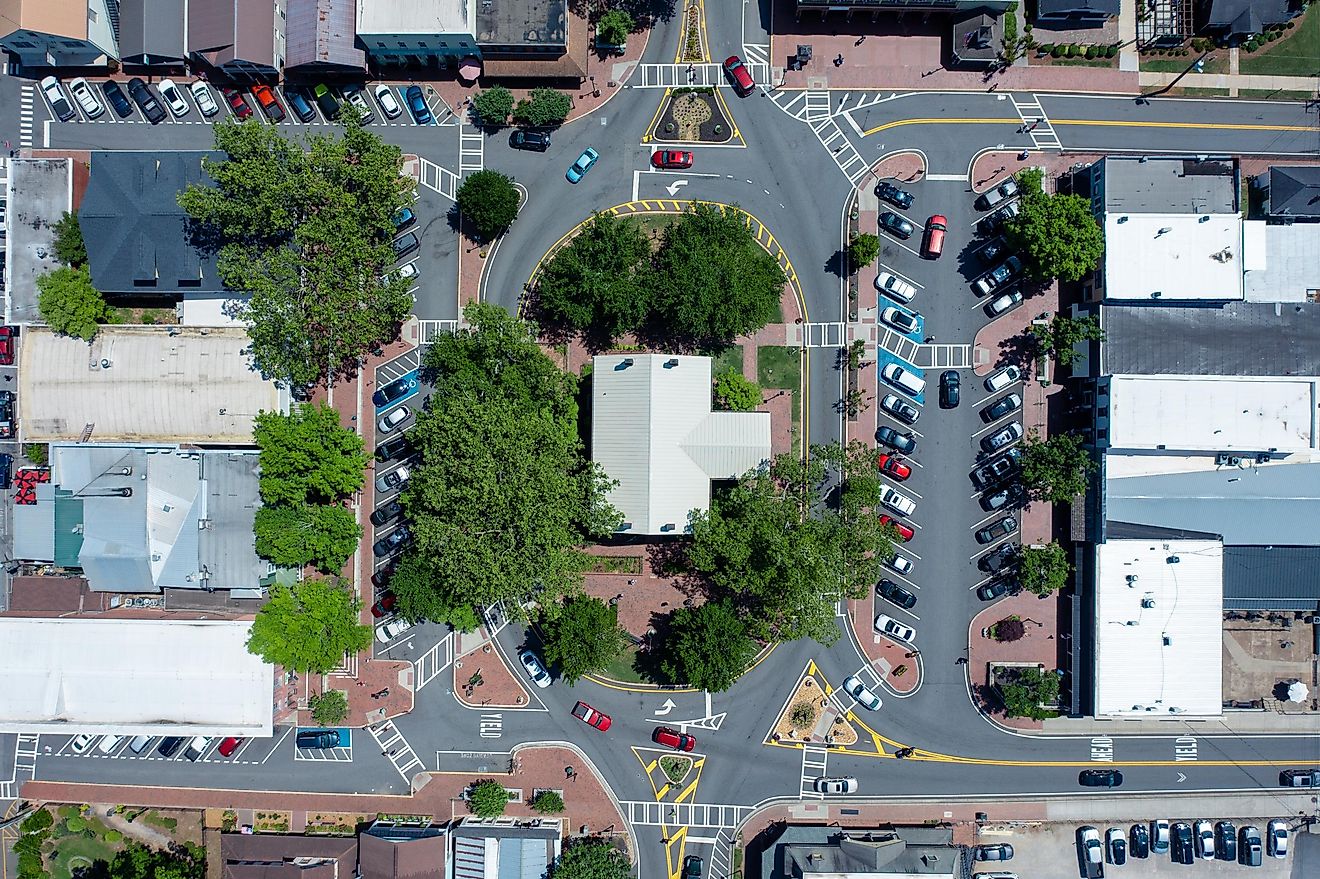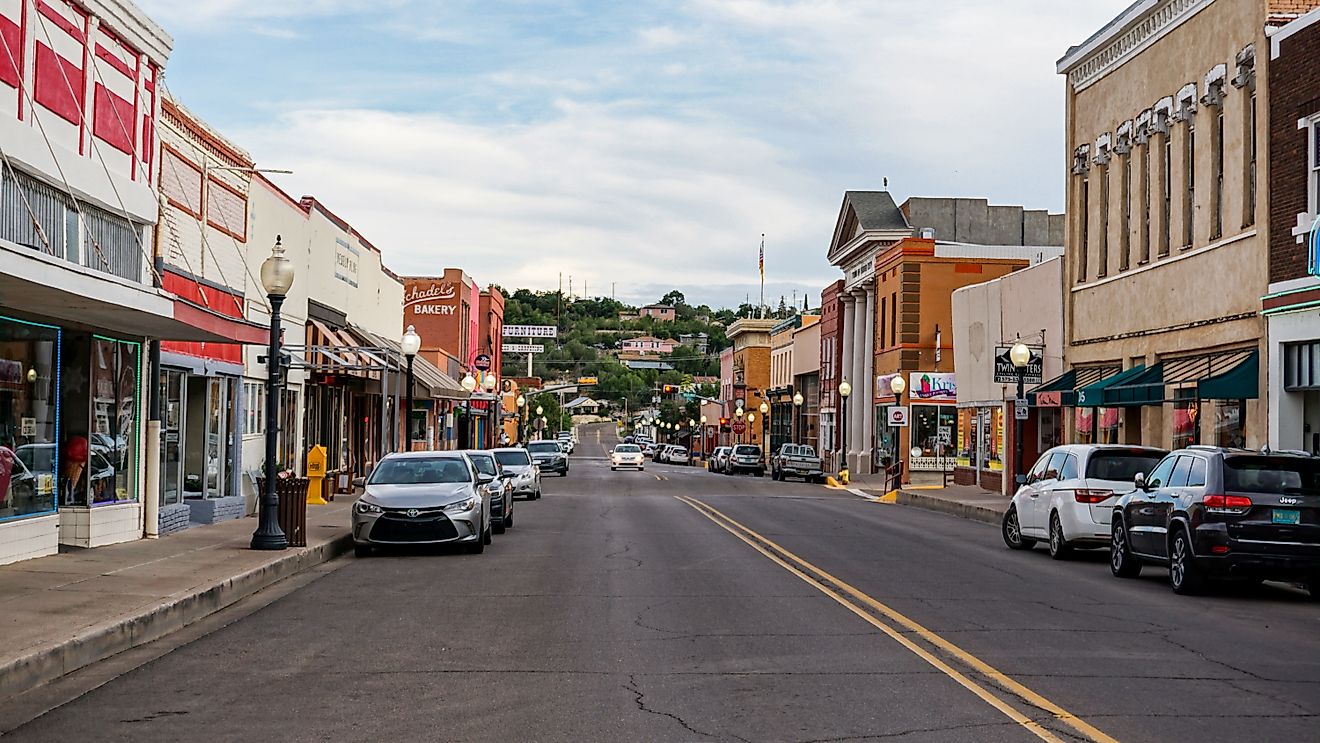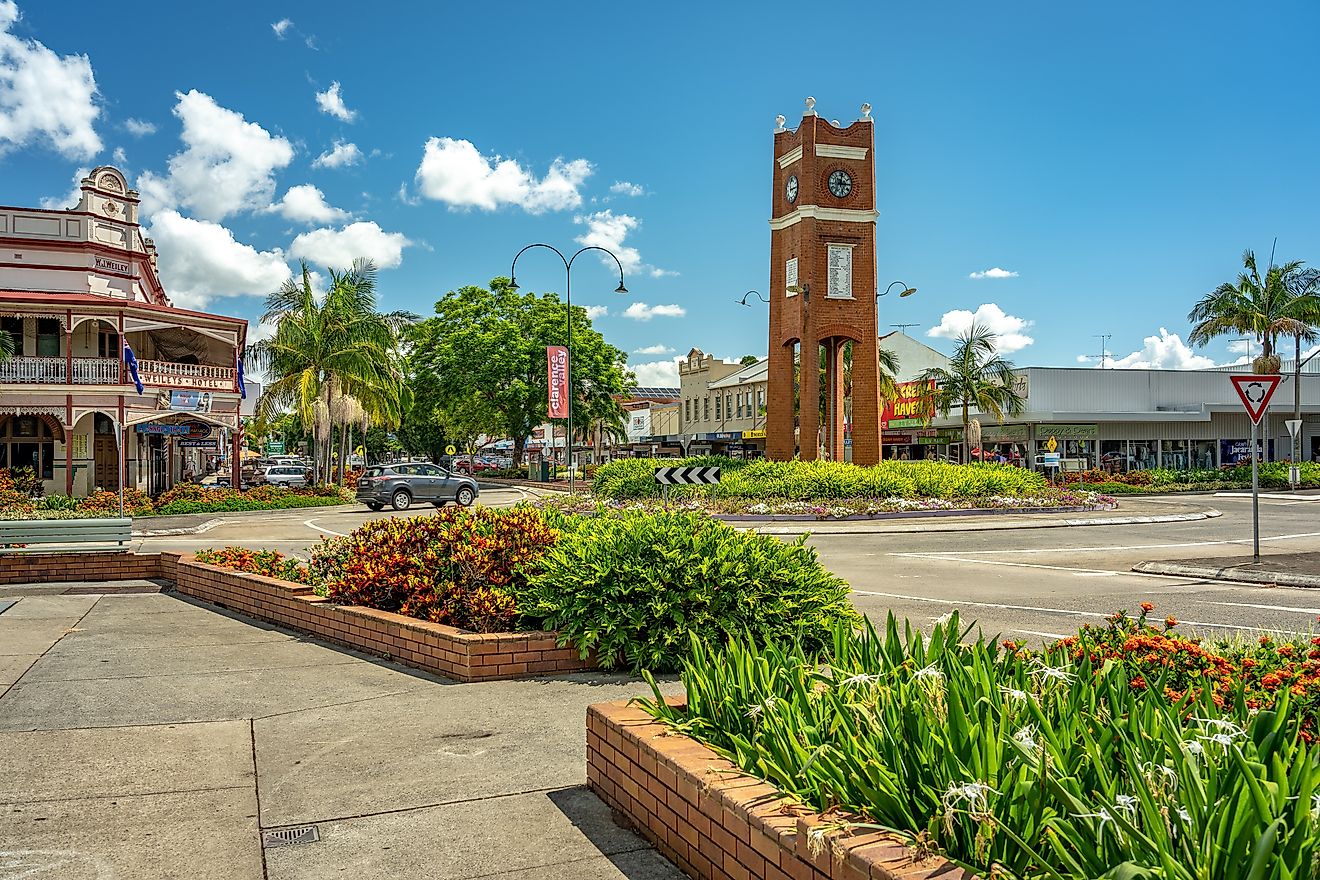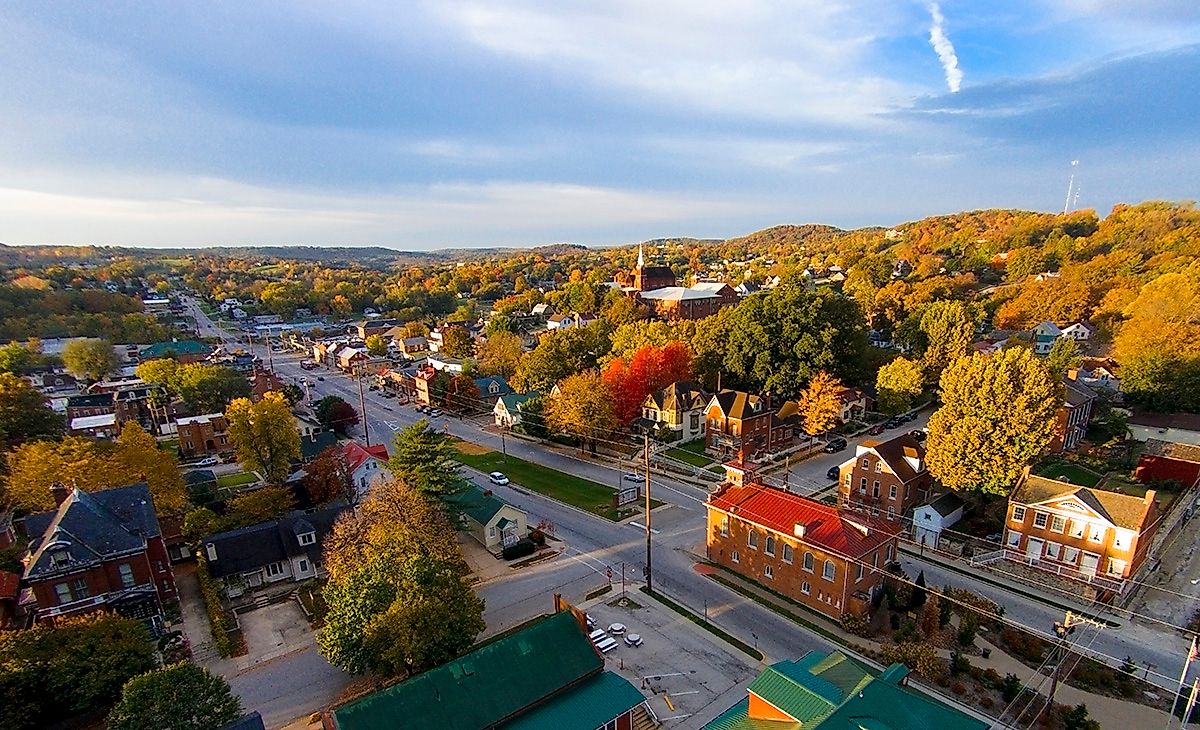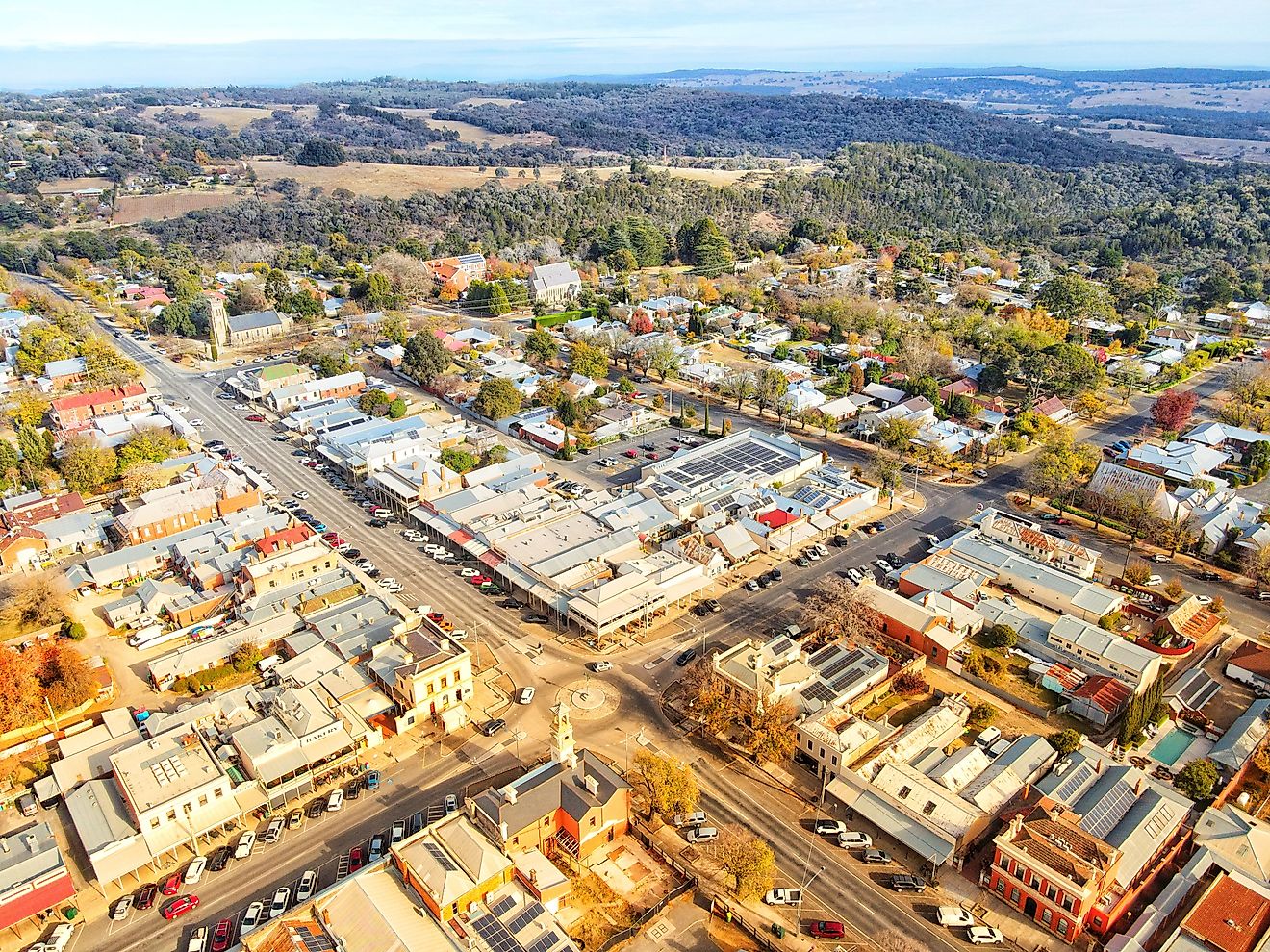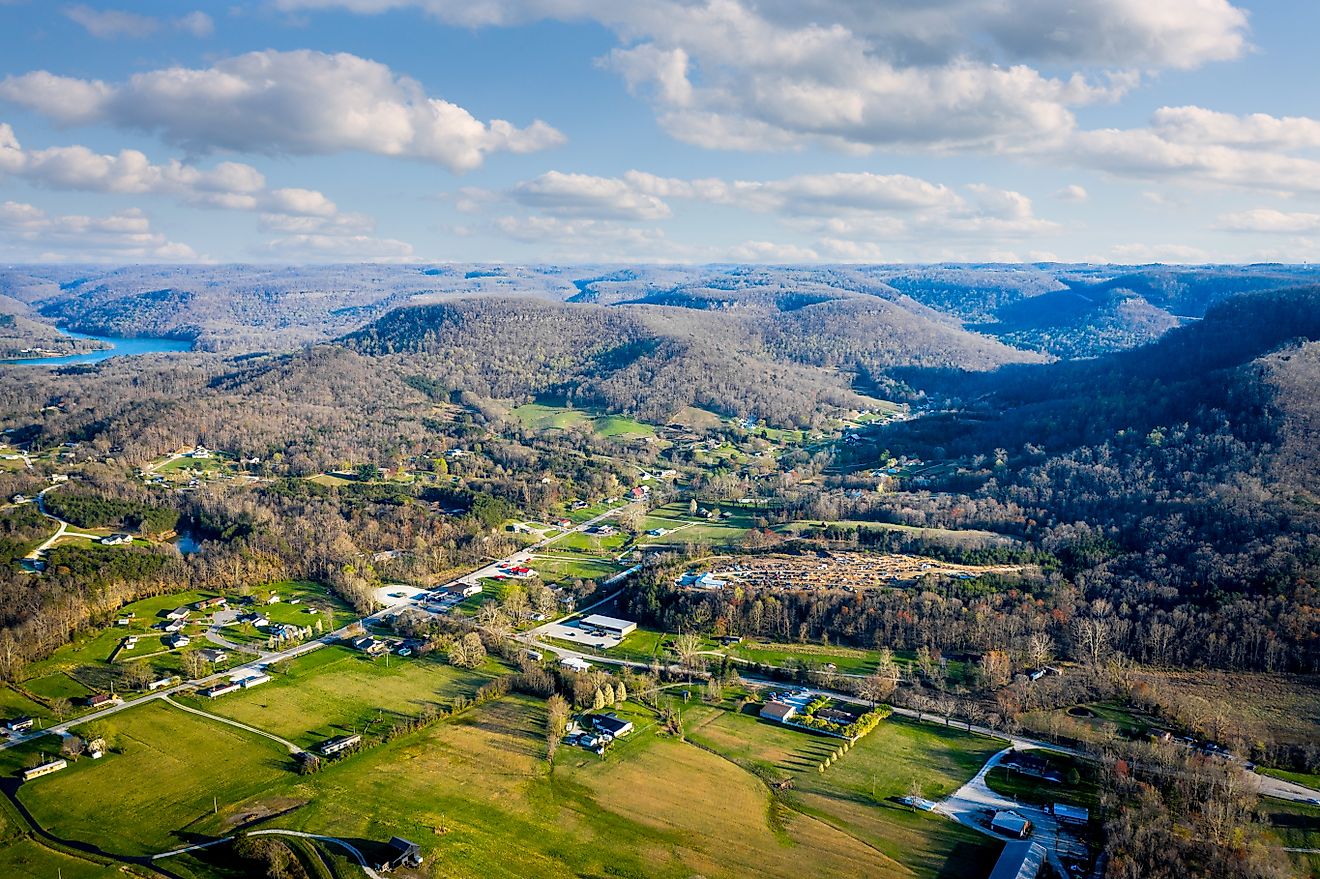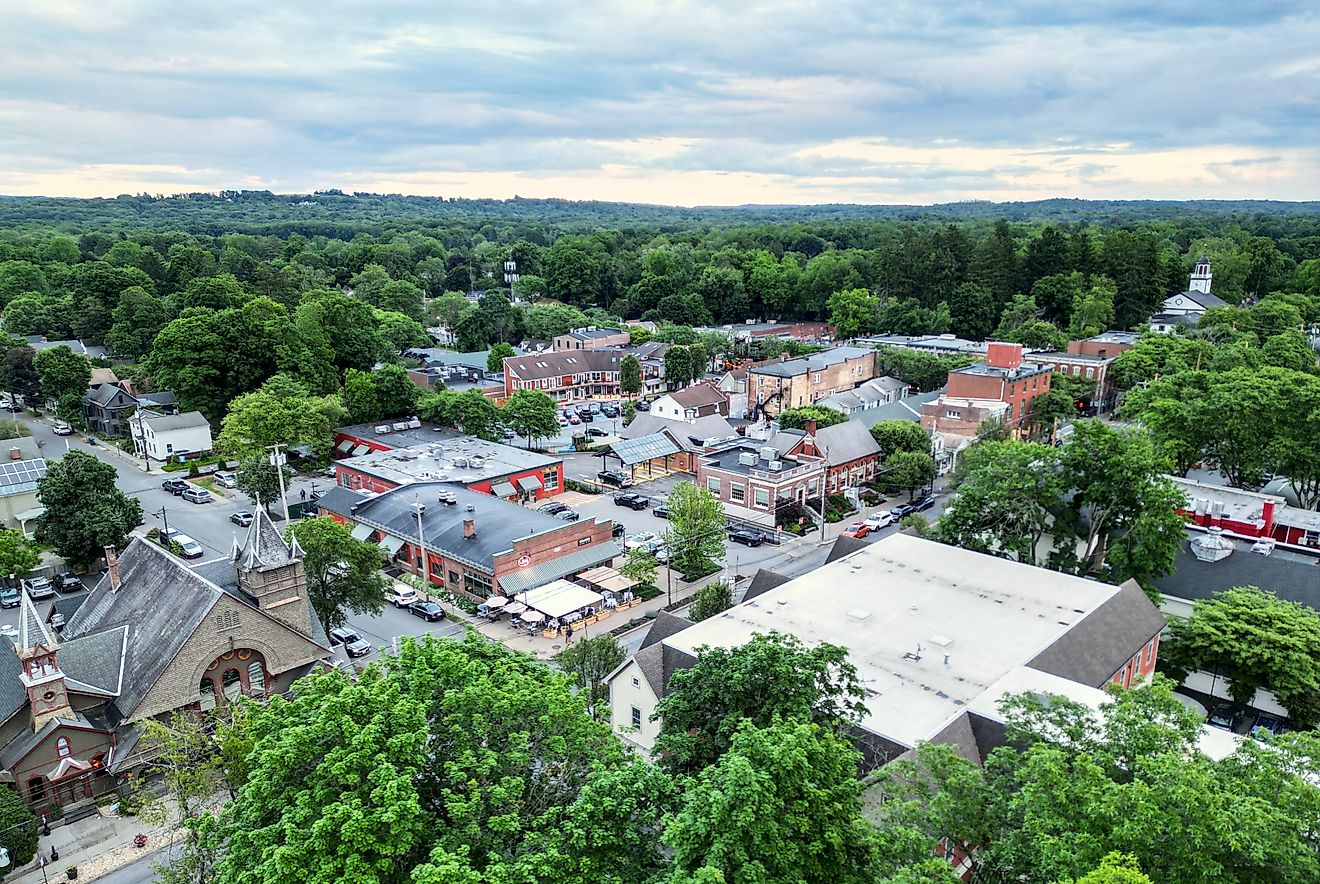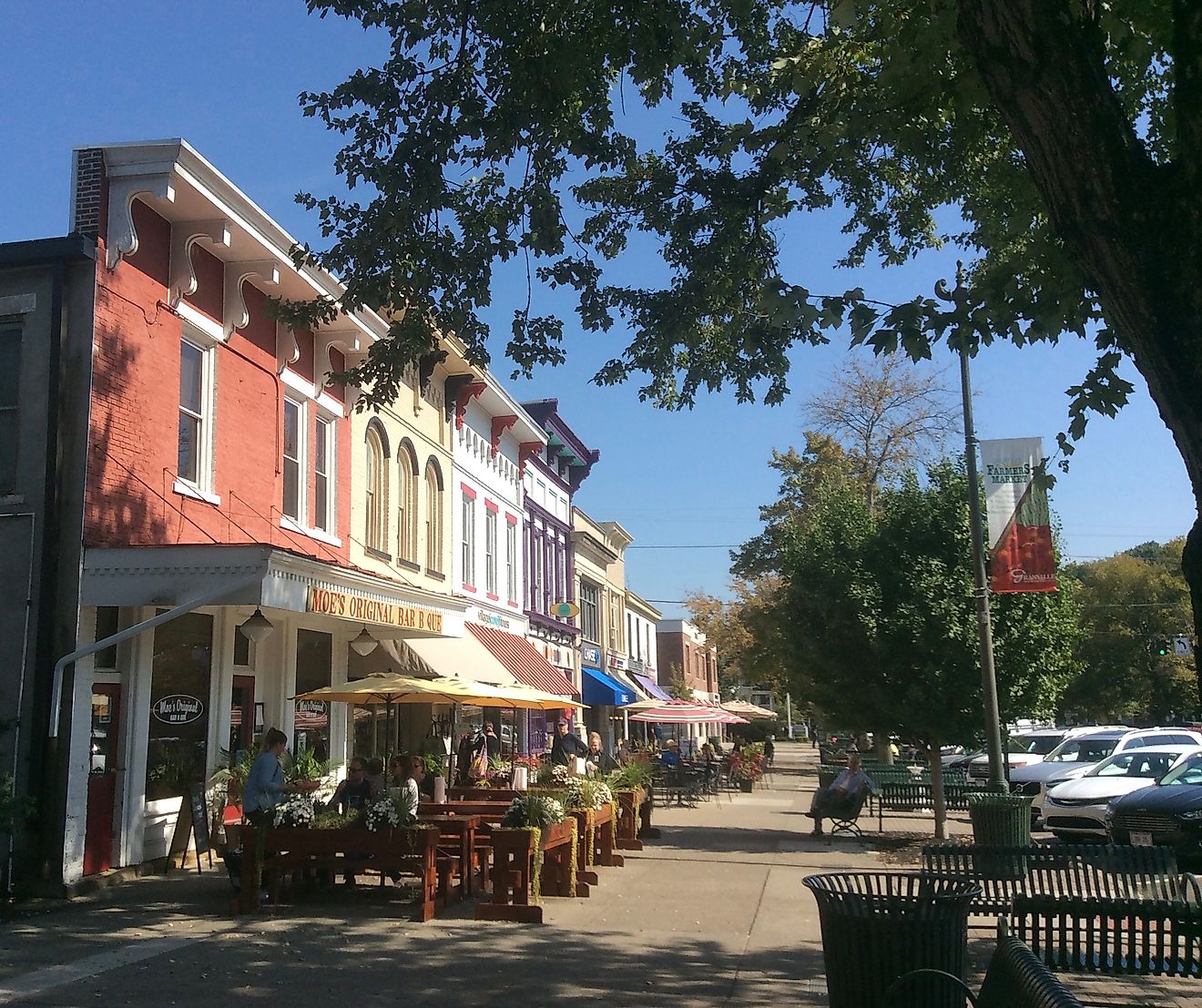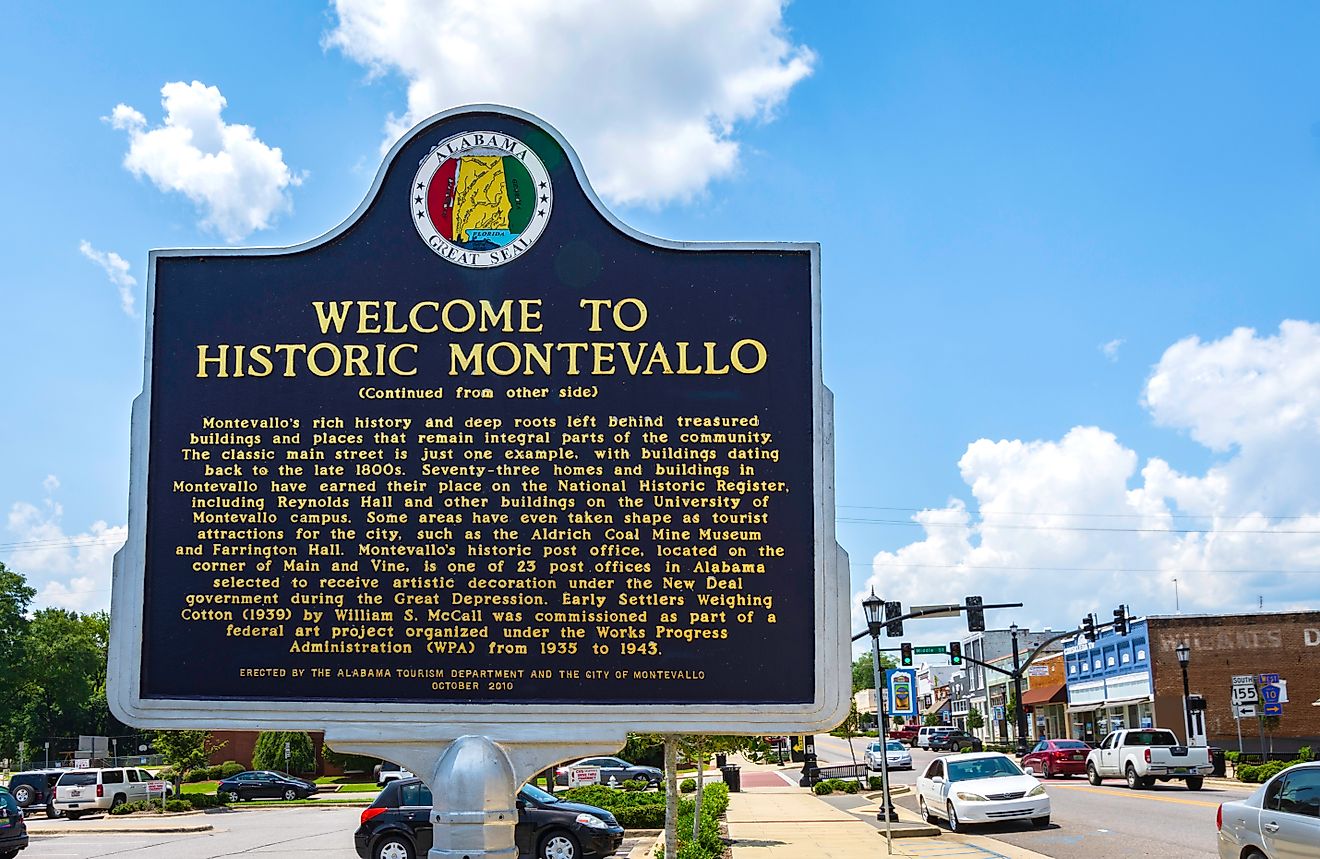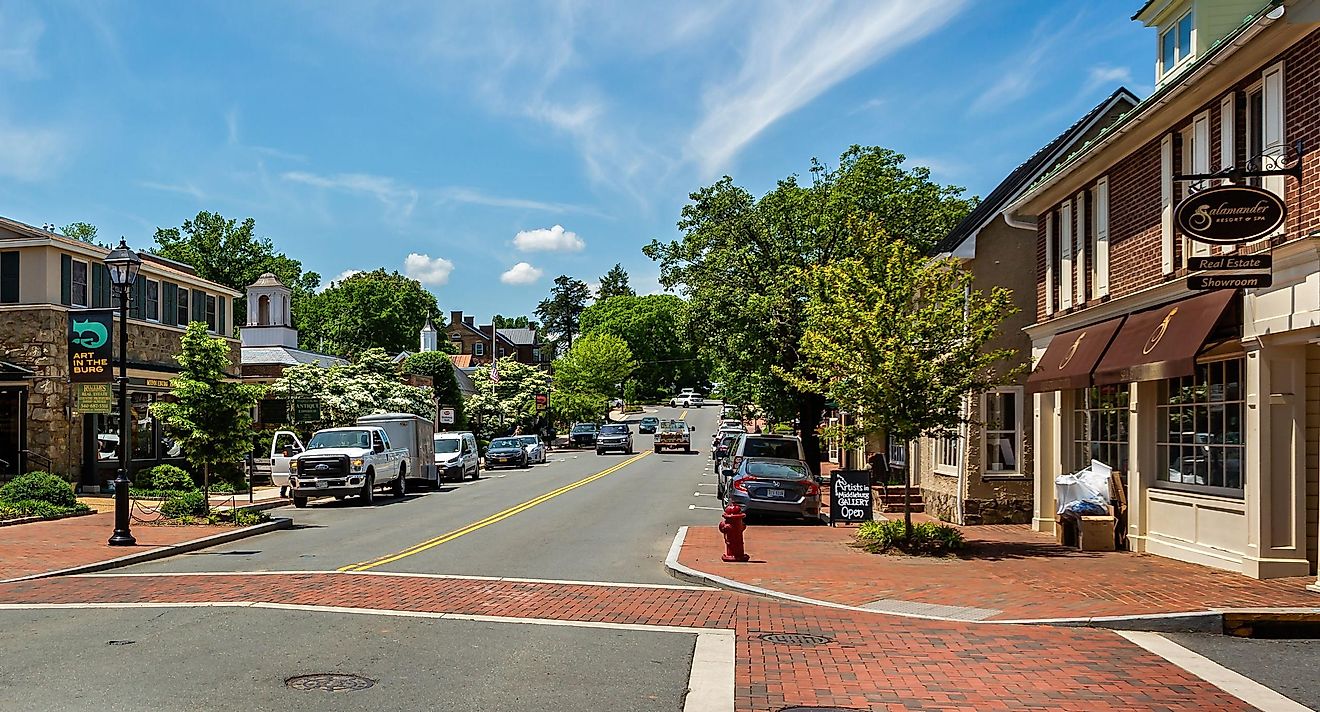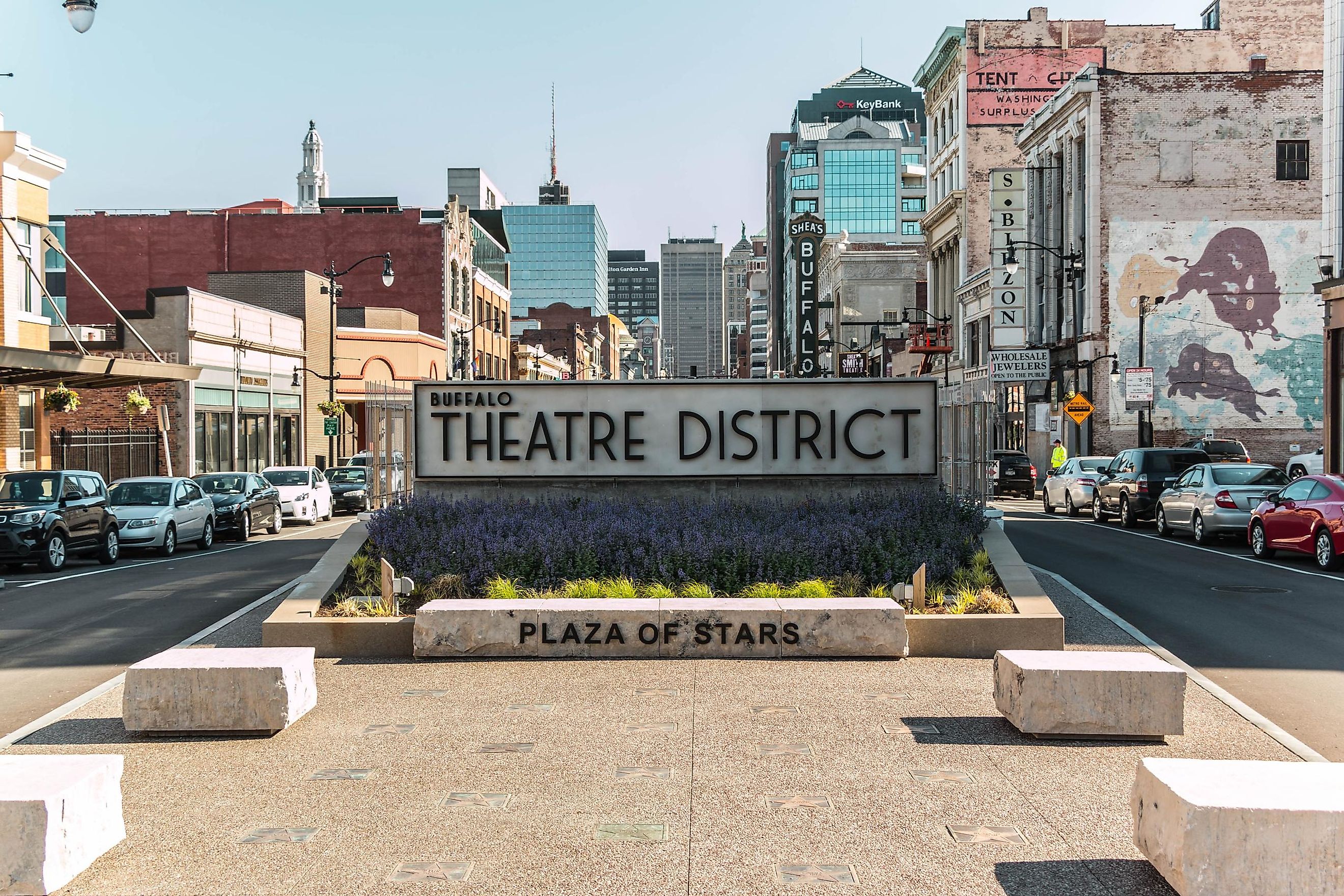
9 Oldest Founded Towns To Visit In Upstate New York
Upstate New York is located north of New Jersey and shares a border with Canada to the north. While New York City is usually the first place people think of when hearing New York, Upstate has a rich and exciting history. Upstate New York was explored by legendary figures like Henry Hudson and Samuel De Champlain, whose names are immortalized in several major bodies of water.
Upstate New York preserves much of its pre-Colombian history, being the home of the Six Nations. If you're a lover of American and Native history, then these nine towns are sure to excite and engage your interests.
Albany
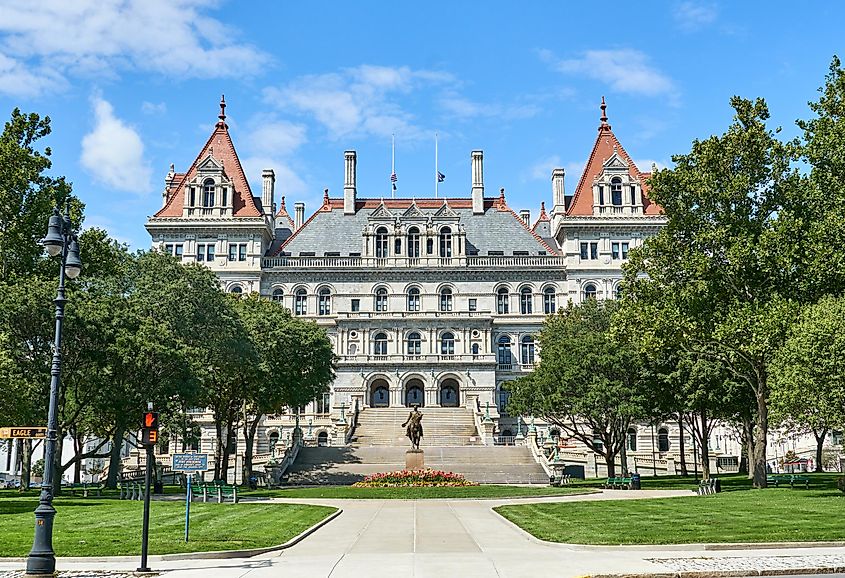
Albany is the oldest city in Upstate New York. Although it's the capital of New York, its population and surface area are significantly smaller than Buffalo and New York City. While its population is smaller than Buffalo, it is the oldest continuously populated city in the state. It's the county seat of Albany County and rests near the eastern border of Upstate New York.
Henry Hudson was one of the first European explorers in Albany in 1609. His exploration of the Hudson River ended abruptly in the area when his ship could no longer navigate the waters. Westerlo Island was later established as a trading post by the Dutch, which began European trade routes in the area.
Although formally established in 1686, the region's history stretches back much further. Originally inhabited by the Mohawk people, the Dutch later settled the area. The Iroquois Indian Museum strives to preserve the culture and impact of these native peoples. Other notable historical sites include Historic Cherry Hill, with one of the oldest homes still held in Upstate New York. Also, stop by to see the historic Schuyler Mansion State Historic Site. This Revolutionary site still hosts tours and reenactments, making it an ideal spot for a day trip.
Utica
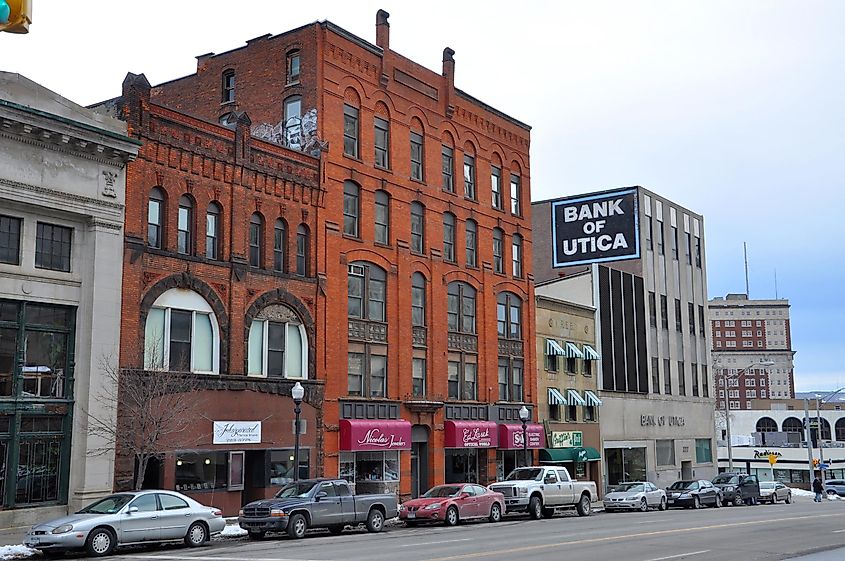
Utica is located in Oneida County in central Upstate New York. It got its unique name in the early to mid-1700s and shared it with a historic city in Tunisia. One story says the classical historian Robert Harpur gave the region its name after surveying it. However, the more popular story is the name was one of 13 put into a hat in a tavern and happened to be the lucky name selected.
The Iroquois tribes originally settled in Utica before the arrival of the Dutch and English. While the Dutch may have lived in the area in the late 1600s, Utica was officially settled by Europeans in the 1700s. The site was an important place for the British during the Revolutionary war, serving as a defensive fort. Visiting Utica will put visitors in touch with the nation's founding and pre-history. Visitors should also visit the Stanley Center for The Arts, a majestic theater with eye-catching architecture. Also, stop by the Utica City Zoo, one of the area's main attractions with over 200 different animals.
Troy
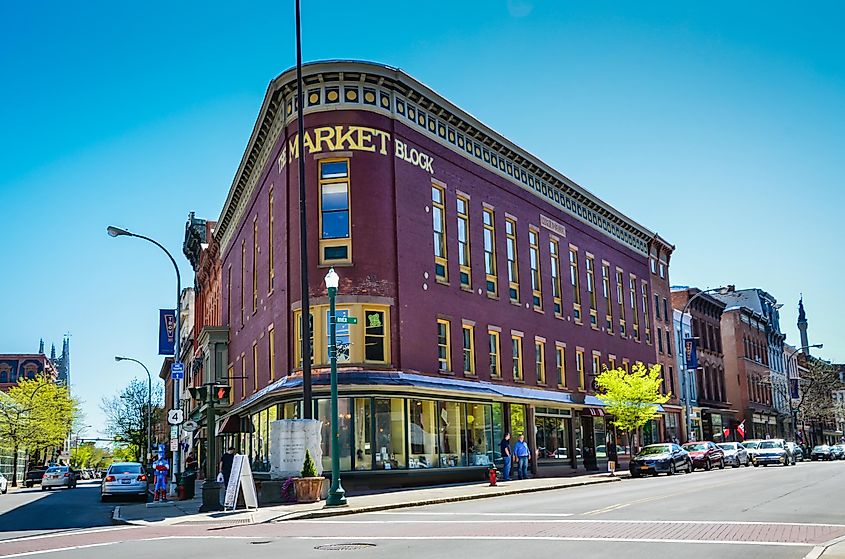
Troy gets its name from the famous city of Asia Minor mentioned in Homer's epic, the Illiad. Located along the banks of the Hudson River, Troy is one of the three major cities comprising the Capital District. With a population of just over 50,000, it's one of the larger small towns in the area. Originally inhabited by the Mohican people, these native tribes held settlements along the banks of the Hudson River. When European settlers arrived in the area in the mid-1600s, these native tribes were among the most important trade partners.
Downtown Troy preserves many rustic buildings from the mid-1800s. Most of these buildings reflect Neoclassicism and Renaissance Revival architecture popular between the late 1700s and early 1900s. Some notable sites include the Oakwood Cemetery (the final resting place of Samuel "Uncle Sam" Wilson), Troy Waterfront Farmer's Market, and the Hart Cluett Museum.
Amsterdam
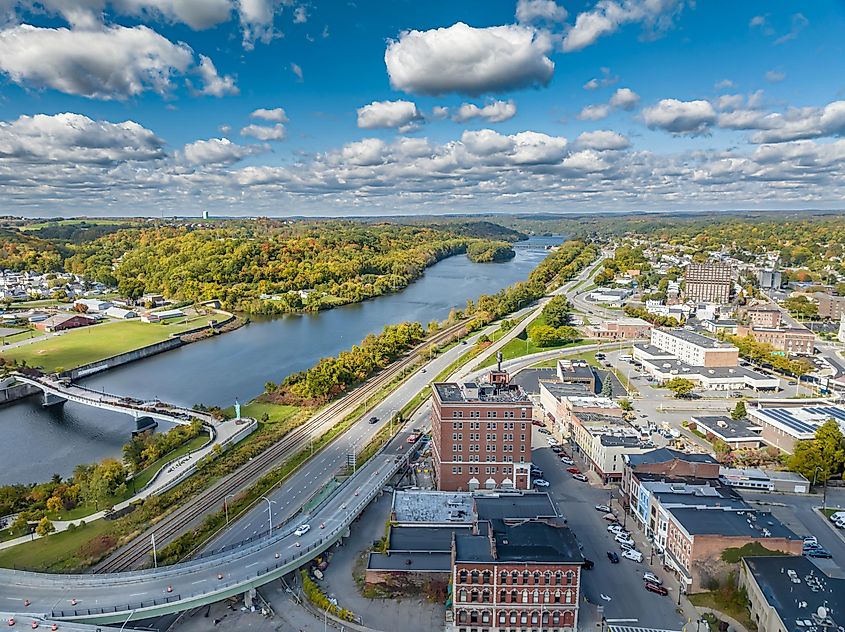
Amsterdam is located along the banks of the Mohawk River, with the city's boundaries flanking the north and south banks. Amsterdam has a population of just over 18,000 residents and comprises an area of 6.26 square miles (16.21333 square kilometers). The Dutch arrived in modern-day Amsterdam around 1710, traveling from Albany and Schenectady. However, the Mohawk tribes lived along the Mohawk River for several centuries before the Dutch arrived. The Dutch called the region Veeders Mills (or Veedersburg) after an early settler Albert Veeder who owned one of the first mills.
The Guy Park House is an important historical home built in 1774. The house reflects Georgian architecture, which was popular at the time. Visitors should also see the Saint Stanislaus Roman Catholic Church Complex. This complex contains several Church structures built in the late 1800s, an important part of the local culture and heritage.
Saratoga Springs
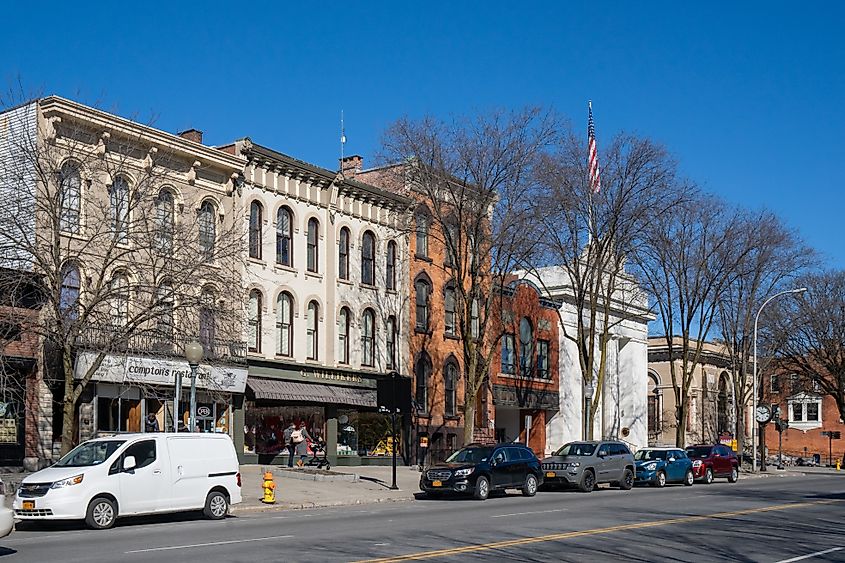
Saratoga Springs is a small town in Saratoga County in eastern Upstate New York with just under 30,000 residents. The city was given its name by the British, but the name is said to be an anglicized version of a native word. Accordingly, the name Saratoga comes from the native word "Se-rach-ta-gue," which referenced the rich hunting grounds in the area.
The Mohawk Natives lived in the area for several centuries before the arrival of the English in the late 1600s. The Mohawk people believed the region's mineral-rich and naturally carbonated springs were a gift from the all-giving life force Manitou. These springs remain one of the city's main attractions to this day. Saratoga Springs shares its birth year with the country, officially established in 1776. The Revolutionary War battle site of Saratoga Springs is located just 15 miles outside of the town. Ensure you stop by the see this historical site and the local springs if you're ever in the region.
Buffalo
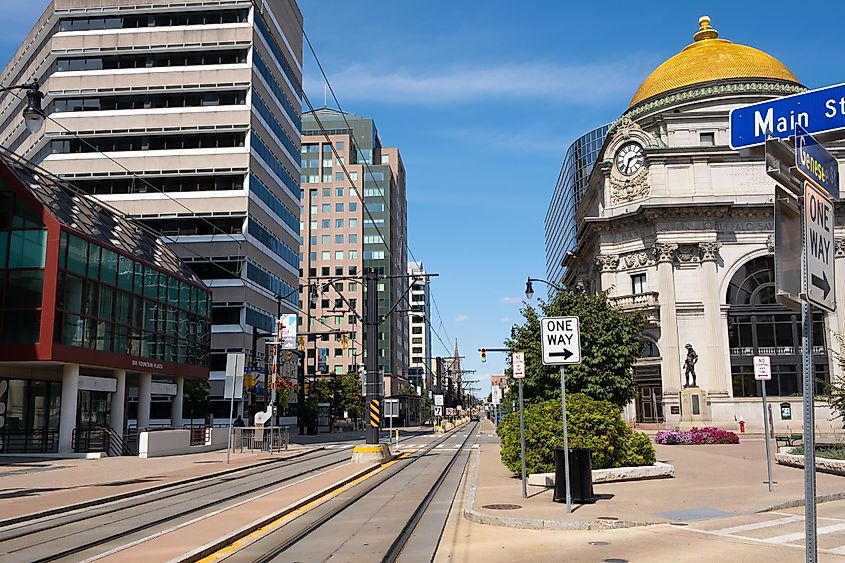
Buffalo is located in Erie County, Upstate New York, and is the second largest city in the state after New York City. Its population is estimated to rest around 270,000 residents with a surface area of 52.48 square miles (135.92258 square kilometers). Located near Niagara Falls City, the two cities comprise the Buffalo–Niagara Falls metropolitan area.
Home to the Erie Canal and other important import and export locations made Buffalo an important center of commerce early on. However, native tribes and ancient Pre-Columbian groups lived in the region for approximately 10,000 years. This means that while Buffalo isn't the oldest established town in Upstate New York, it has one of the oldest histories.
Some notable but lesser-known sites you must visit include Frank Lloyd Wright's Martin House, Forest Lawn (Cemetary), and Buffalo City Hall. The Lloyd House is an important historical landmark built at the turn of the century and was designed to reflect the region's natural splendor. Forest Lawn Cemetary is one of the oldest cemeteries in the United States. It's the final resting place of some 152,000 people, including U.S. President Millard Fillmore.
Victor
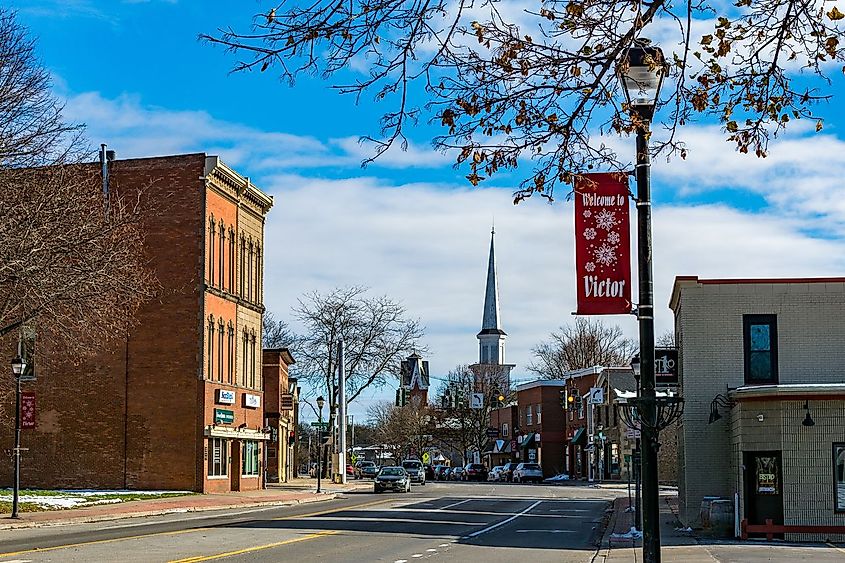
Victor is located in northwestern Upstate New York in Ontario County. It's home to just under 16,000 residents and comprises an area of 35.93 square miles (just above 93 square kilometers). The small village of Victor is located within the borders of Victor Township and houses just under 3,000 residents.
Victor is located near the Hudson River and has several Finger Lakes running near its borders. It was one of the most important areas to the local Native Tribes before the arrival of the French and English. The Seneca people lived in the region and were part of the Six Nations, known as the Haudenosaunee Confederacy. The local area goes to great lengths to preserve its native history. Visitors can visit the local state parks and historic museums to learn more about the impressive confederacy and their impact on the land.
Auburn
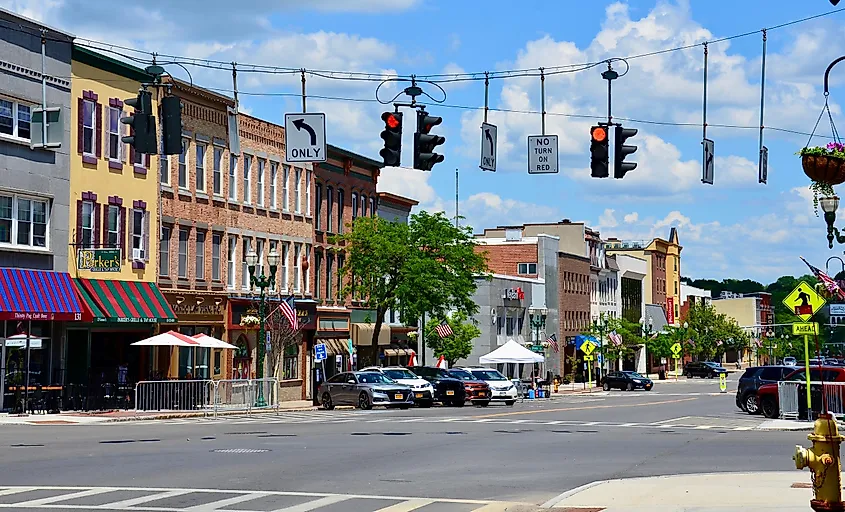
Auburn is not far from Victor Township, in central Upstate New York. Several prominent Finger Lakes flow nearby, connecting it to the Hudson River. This region was once part of the Six Nations, making it an important part of Native American history.
Auburn was also home to the great abolitionist Harriet Tubman. Visitors can see her old house in the Harriet Tubman Historical Park, known today as the Harriet Tubman Home for the Aged. The William H. Seward House is another magnificent historic site. William H. Seward was secretary of State under Presidents Abraham Lincoln and Andrew Johnson. He was also an important political figure in the area during the mid-1800s.
Seneca Falls
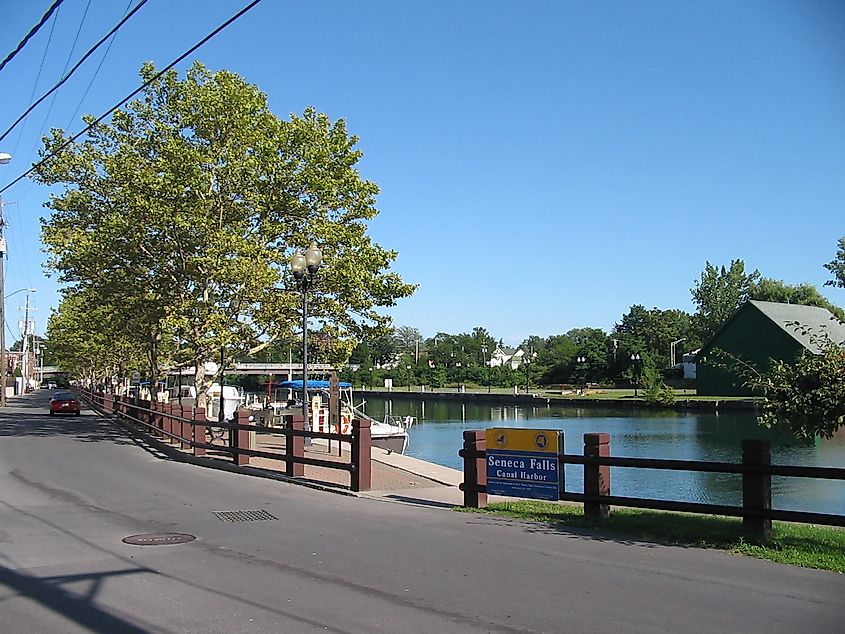
Seneca Falls is located in Seneca County in central Upstate New York. The town gets its name from the Native Seneca Tribes who lived in the region before the arrival of Europeans. It maintains a population of just under 9,000 residents, making it one of the smaller towns in the area.
Despite its size, Seneca Falls has a long history spanning back to the Cayuga Peoples. Jesuit missionaries who arrived in the 1600s were some of the first Europeans to contact the Chayuga people. Sadly, the Chayuga people were attacked and largely destroyed in 1779 during the Sulivan Expedition. Seneca Falls is thought to be the inspiration for Bedford Falls from the Christmas classic, "It's a Wonderful Life." It's also the site of one of the earliest Women's Sufferage gatherings held in 1848. Visitors can see this historical site at the Women's Rights National Historical Park.
In Conclusion
Upstate New York is a flourishing historical region with some of the best-preserved Native sites in the United States. Home to the Iroquois, Mohawk, Cayuga, and Seneca peoples, this state is among the richest and most impressive places for history lovers. However, it was also an important area during the French and Indian War, with the British having several encampments across the region. All of this history is beautifully wrapped in the area's natural splendor, so no matter what you're seeking, you're sure to find it in Upstate New York.
